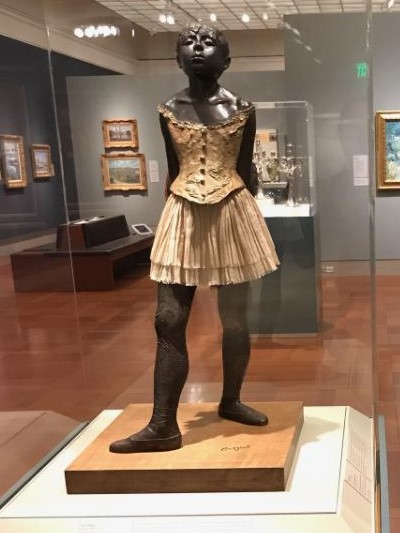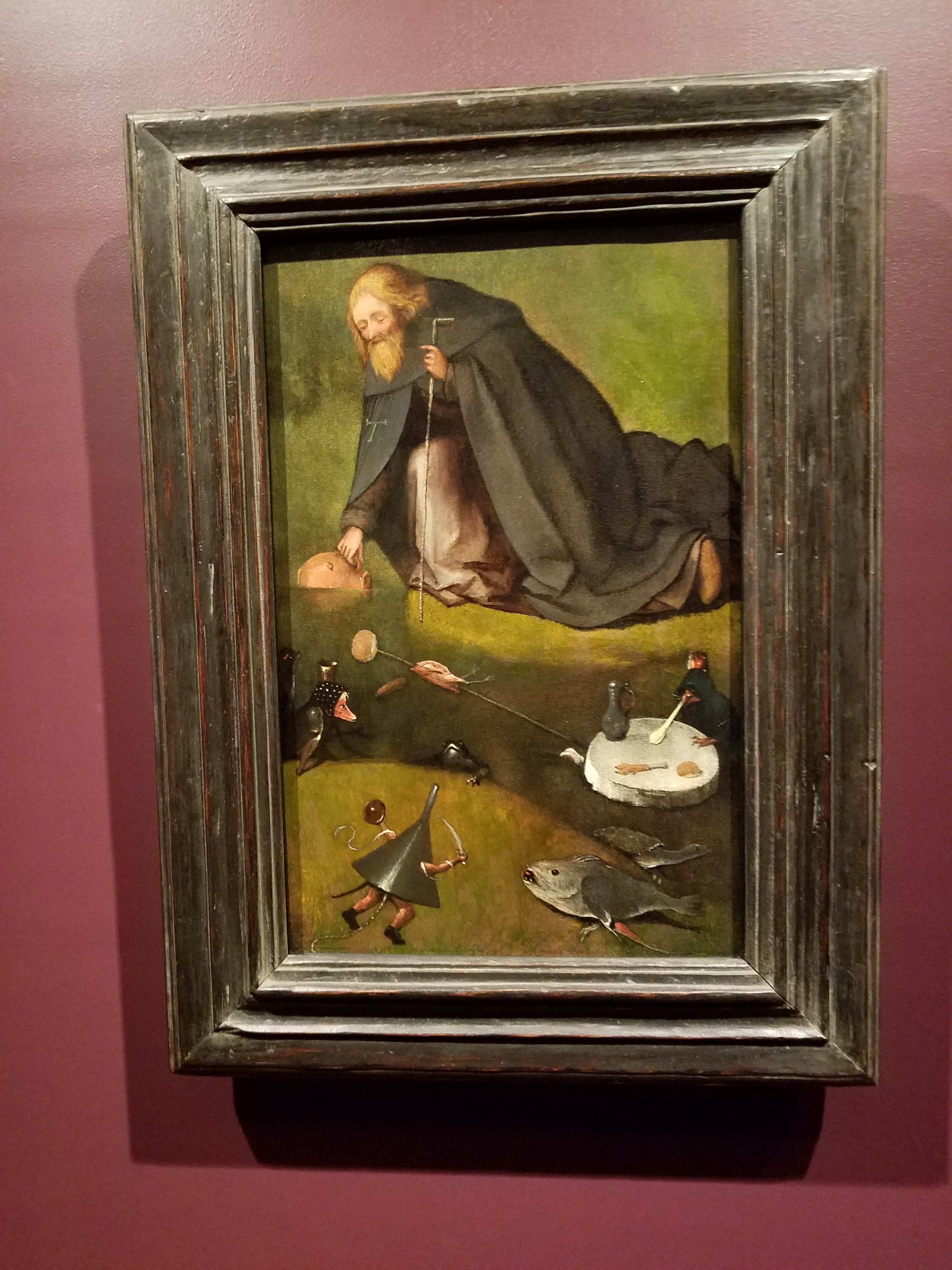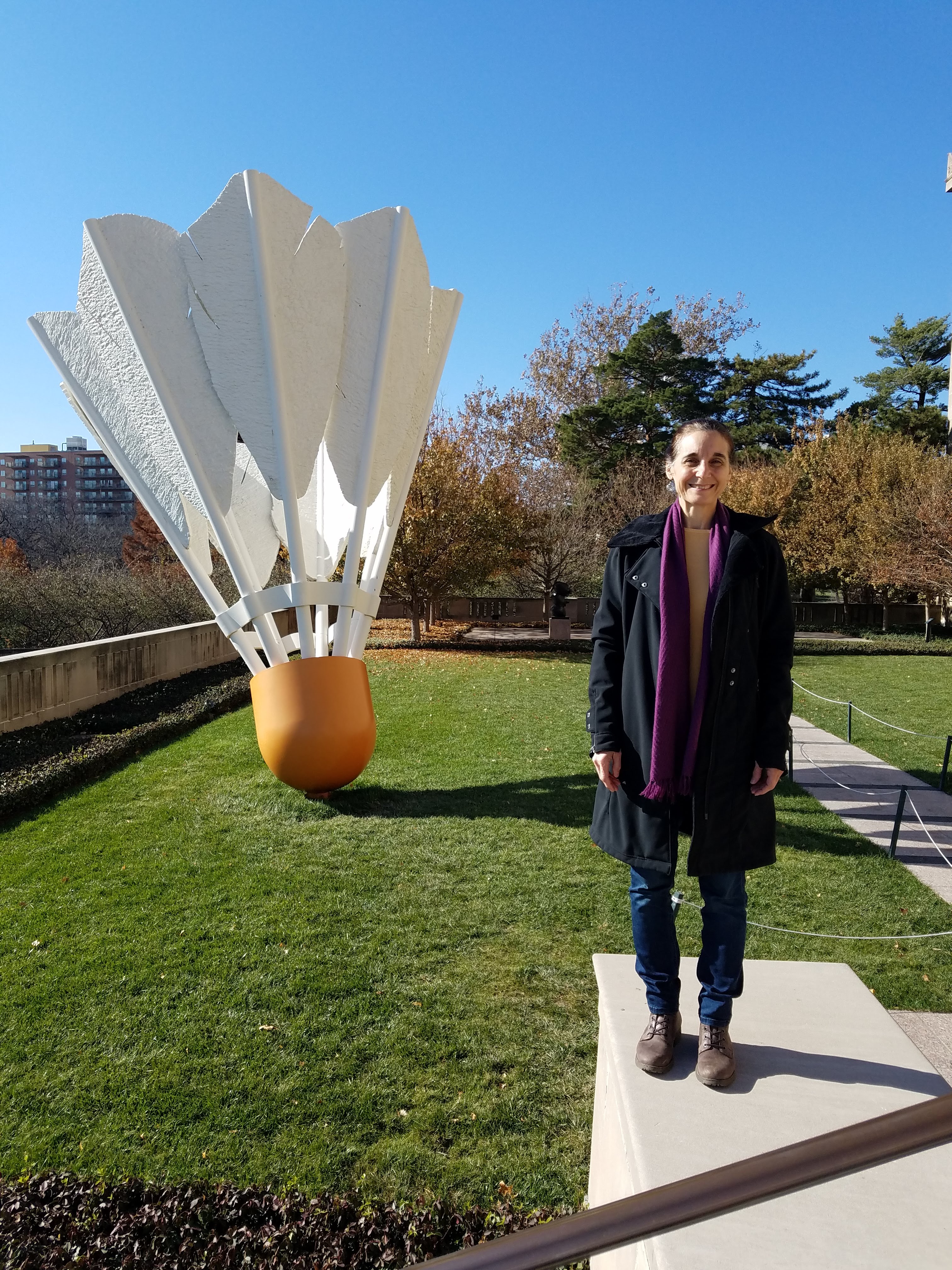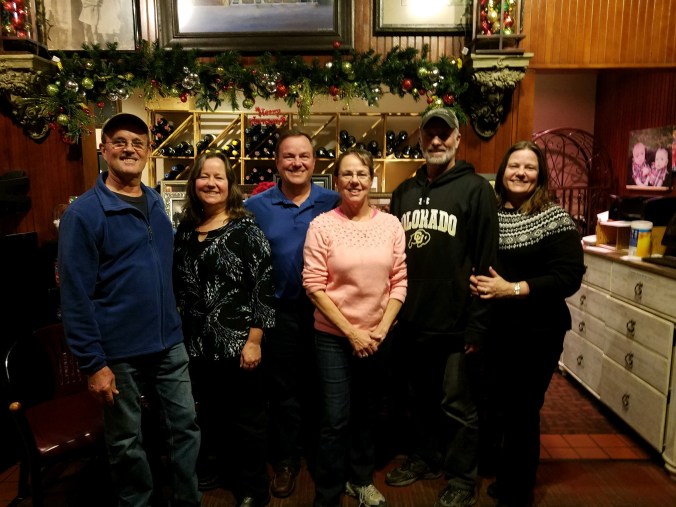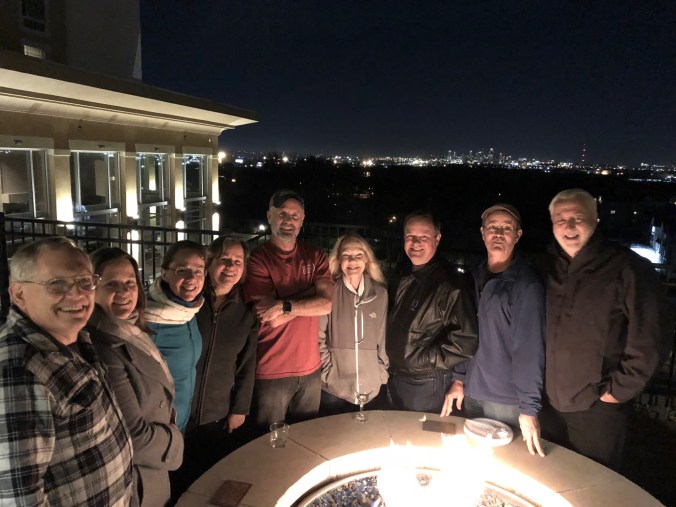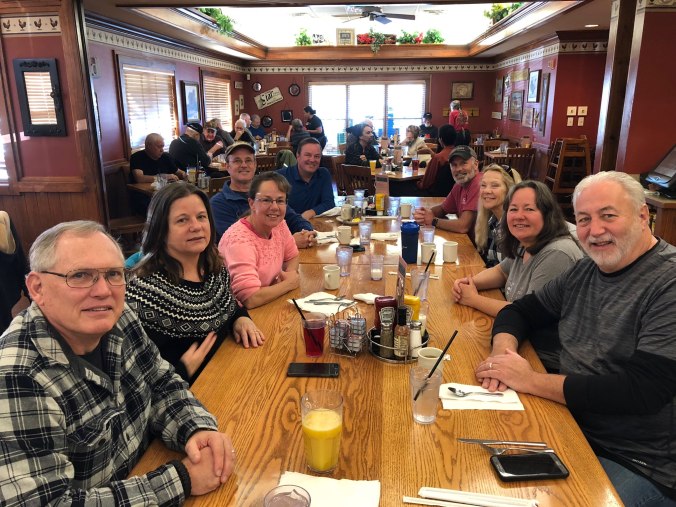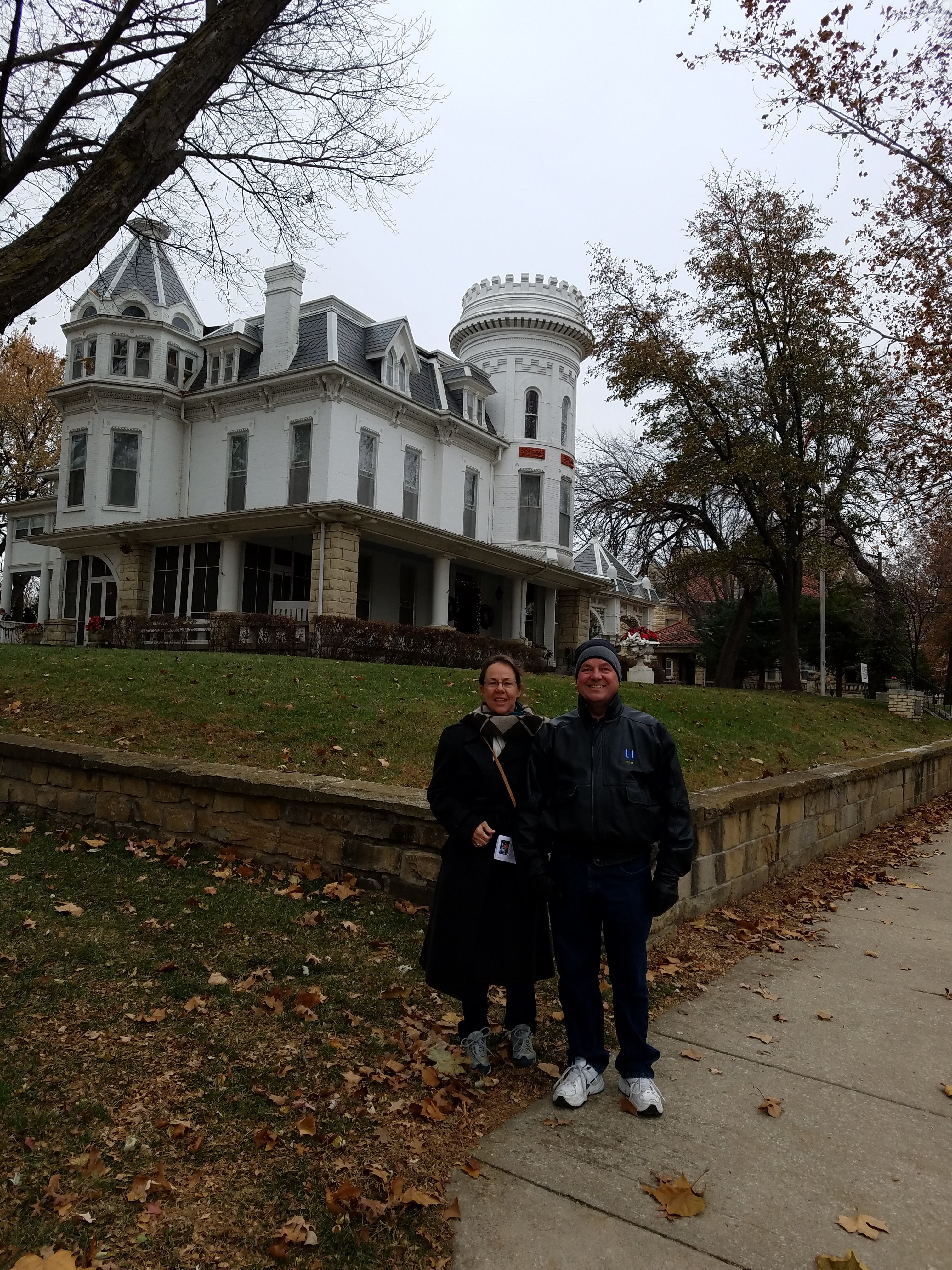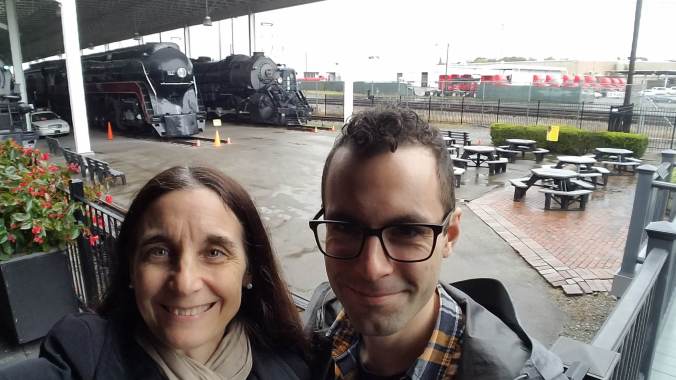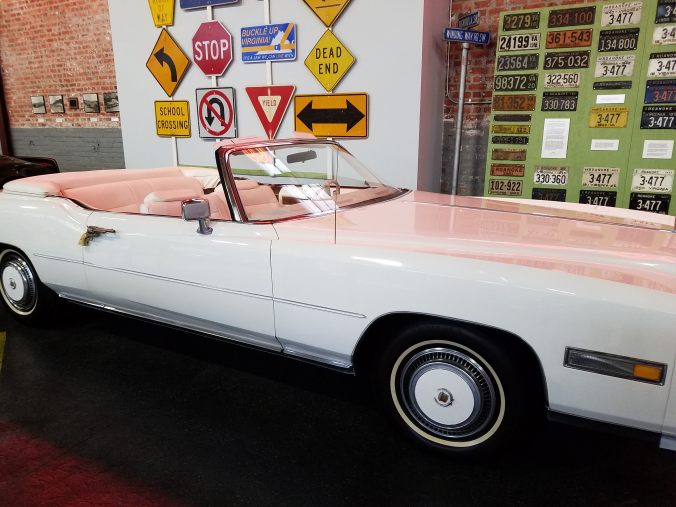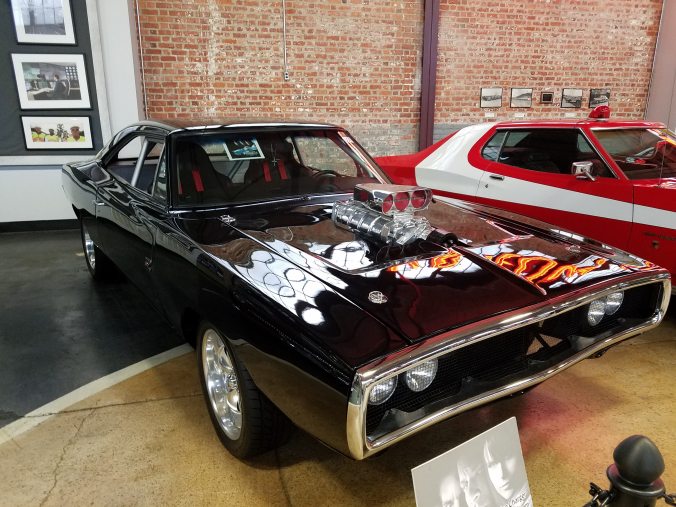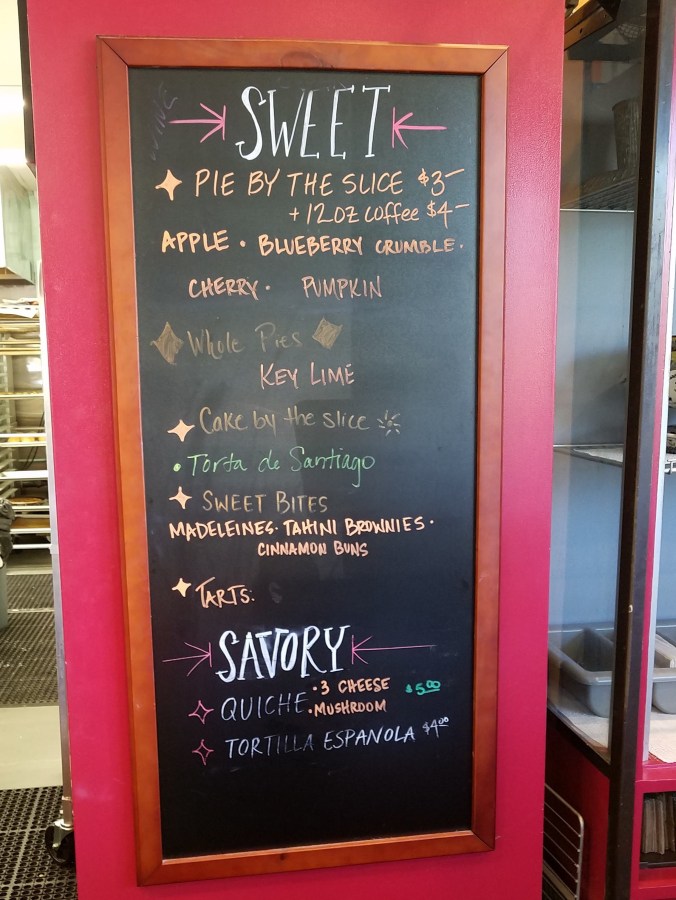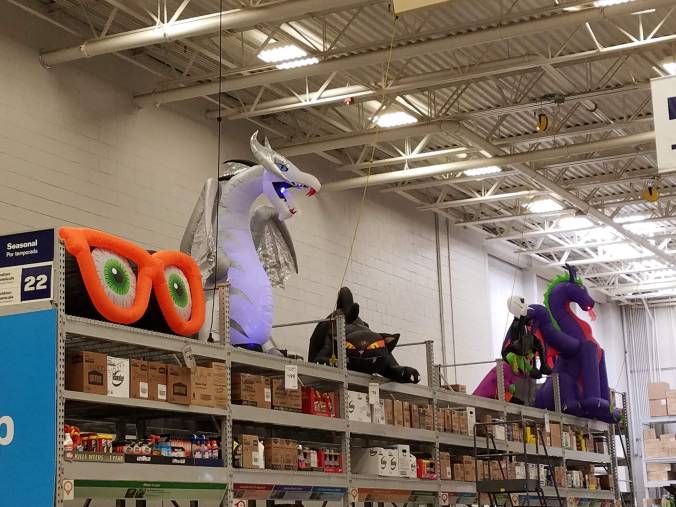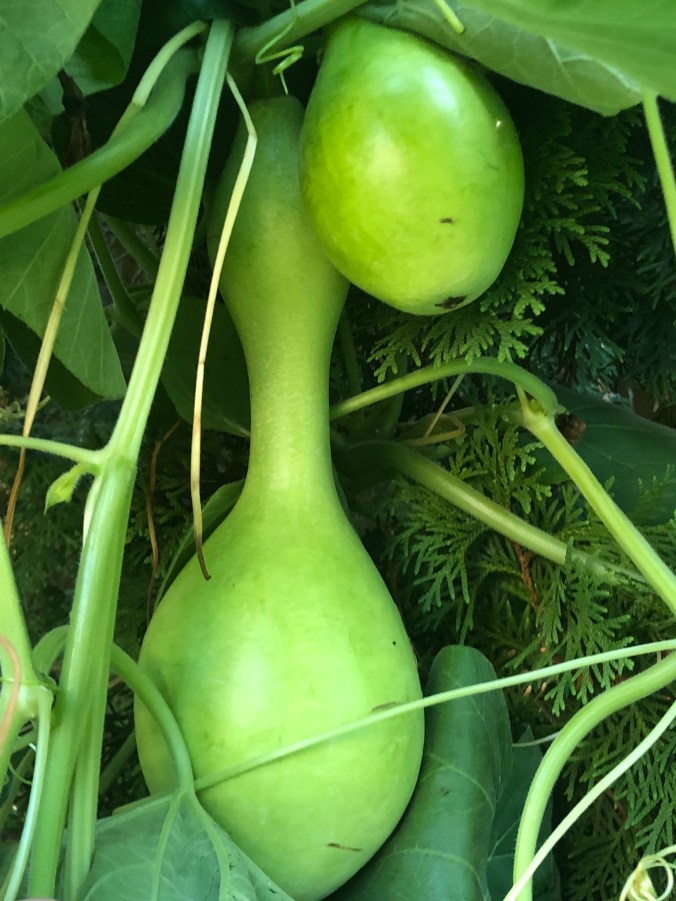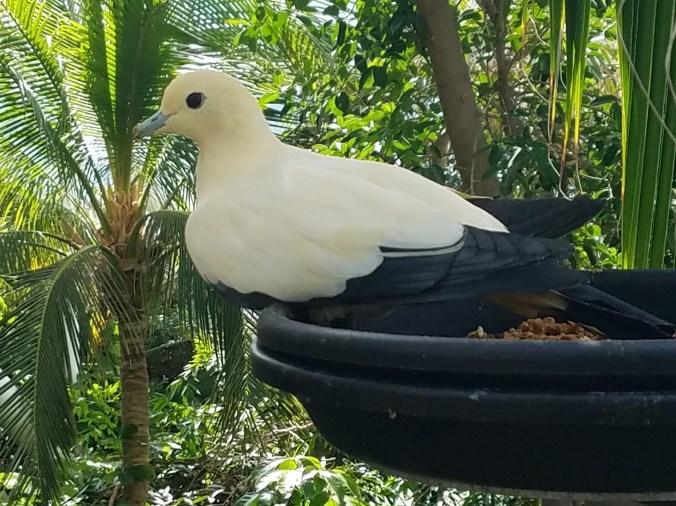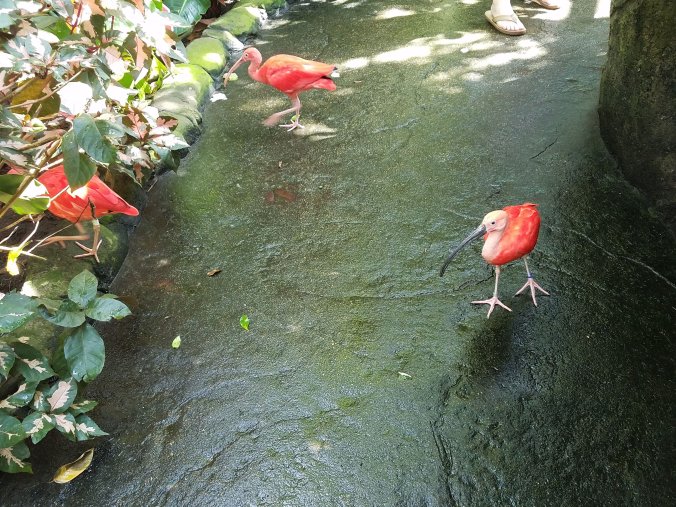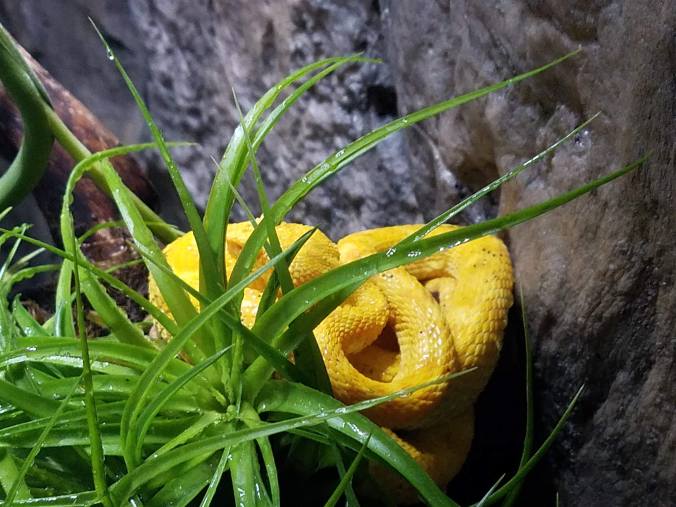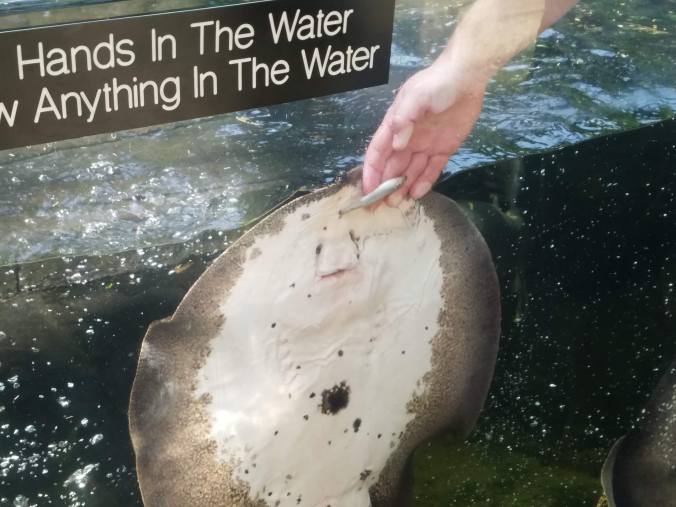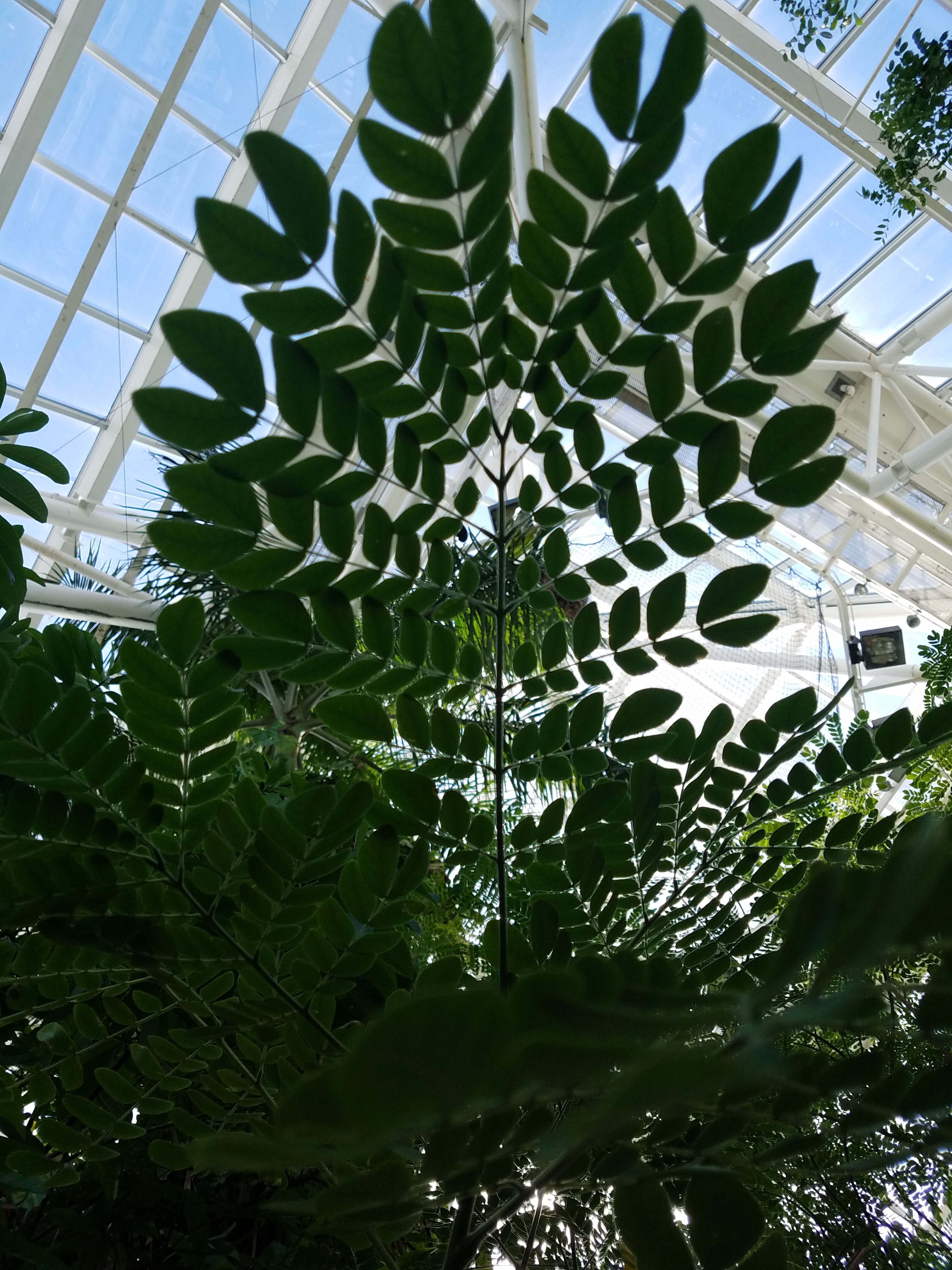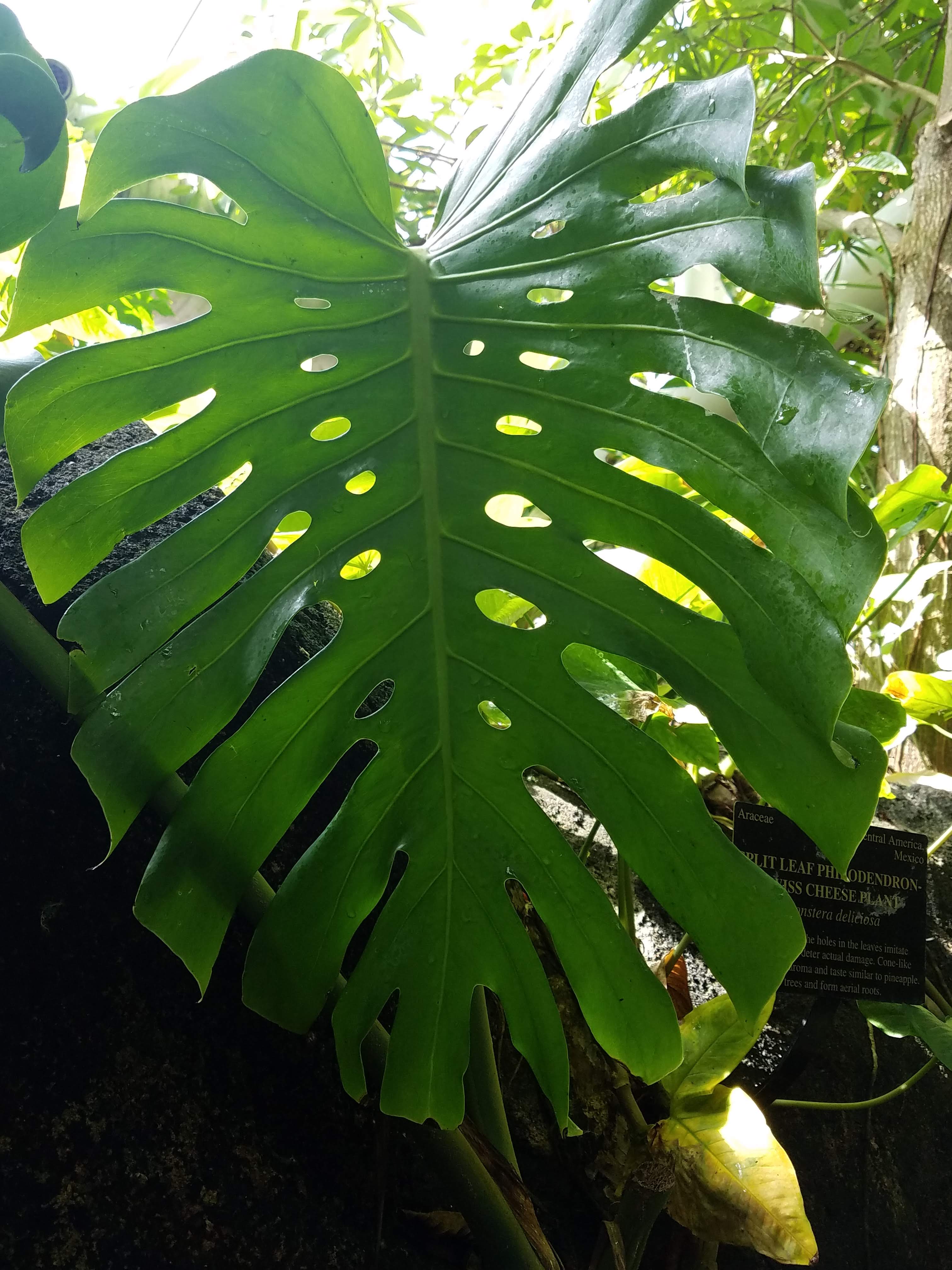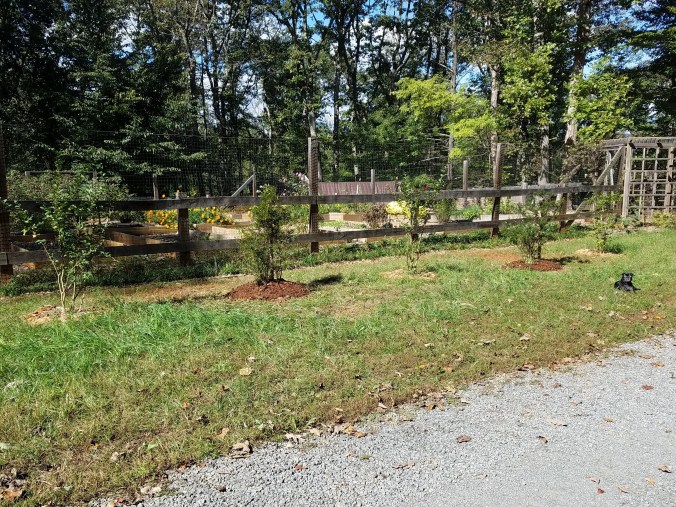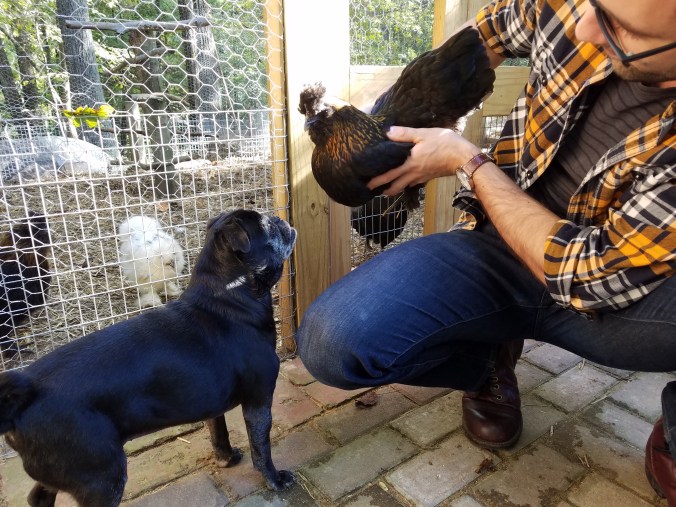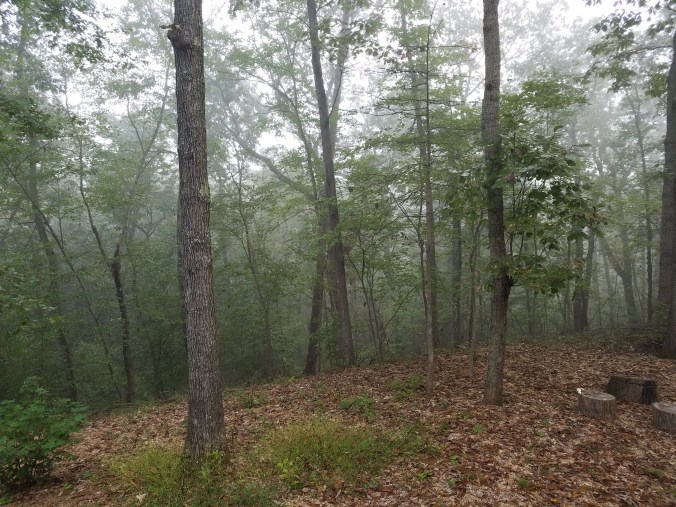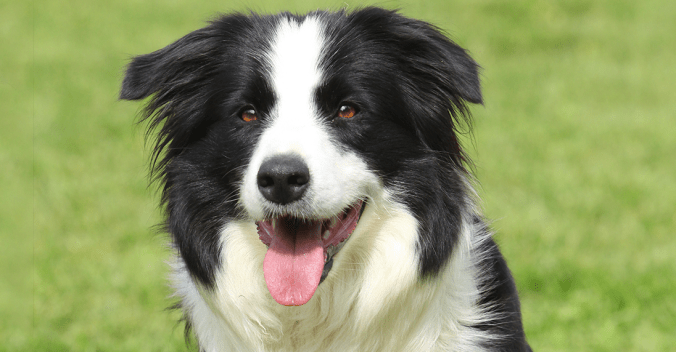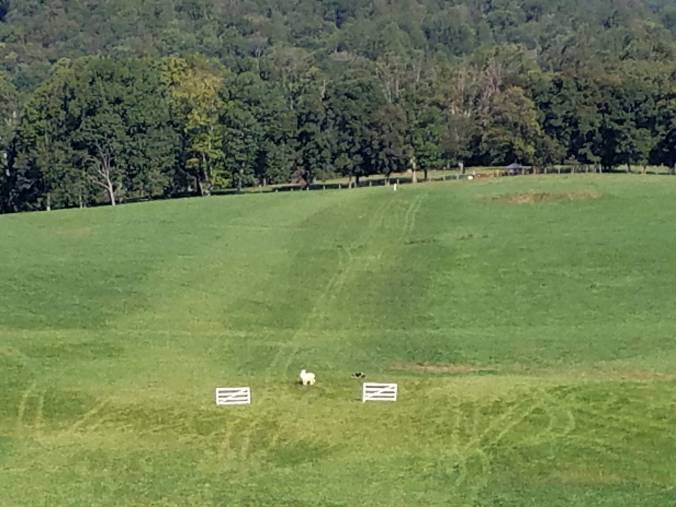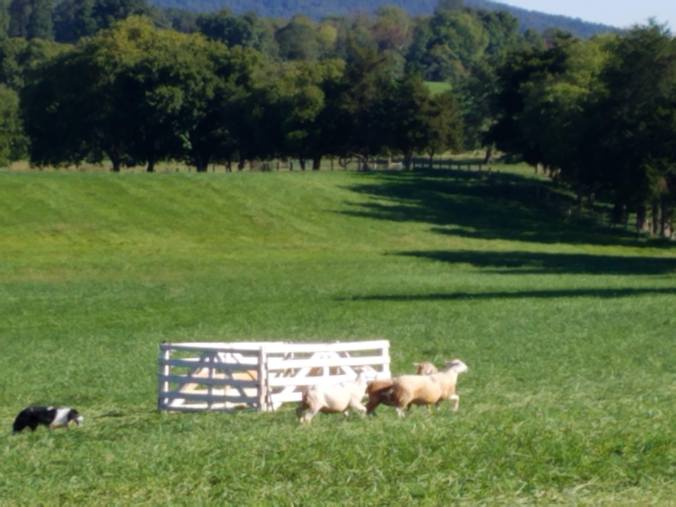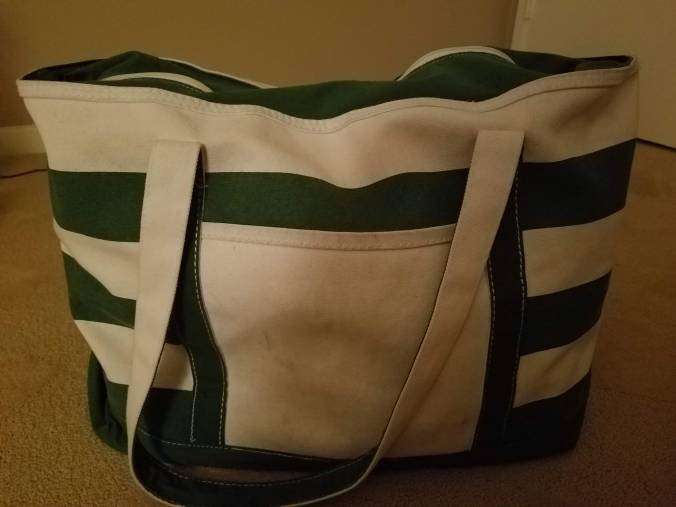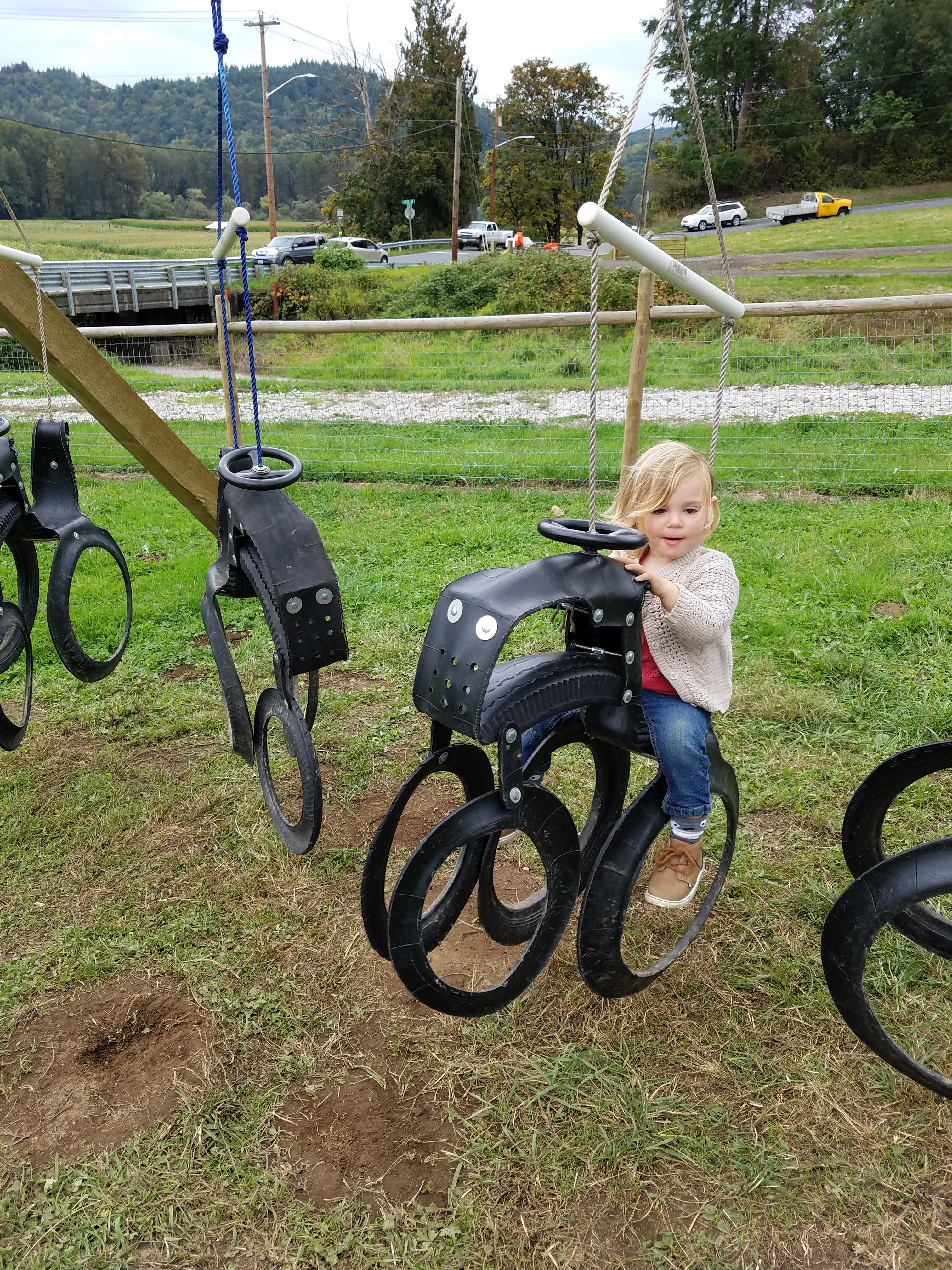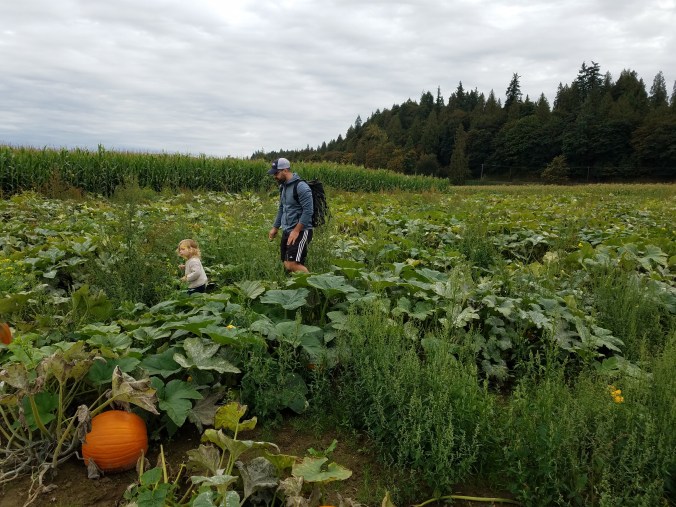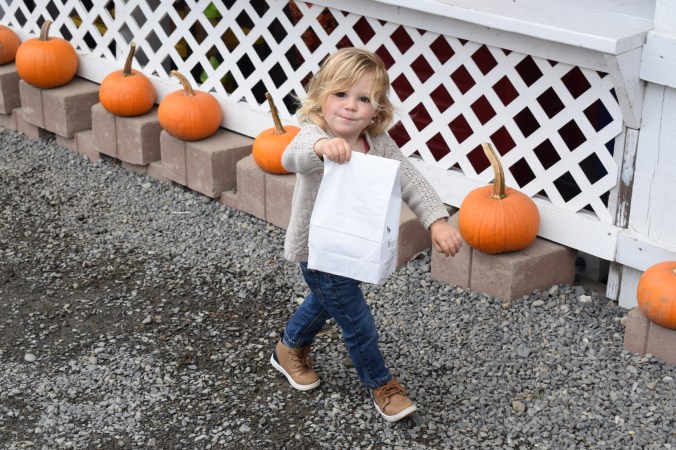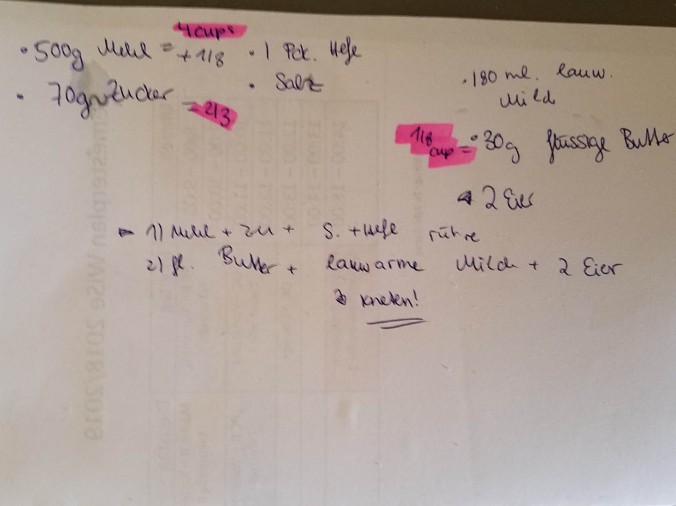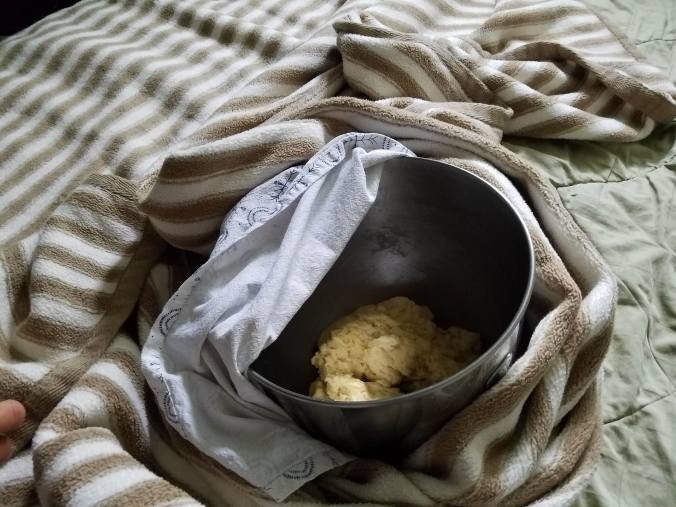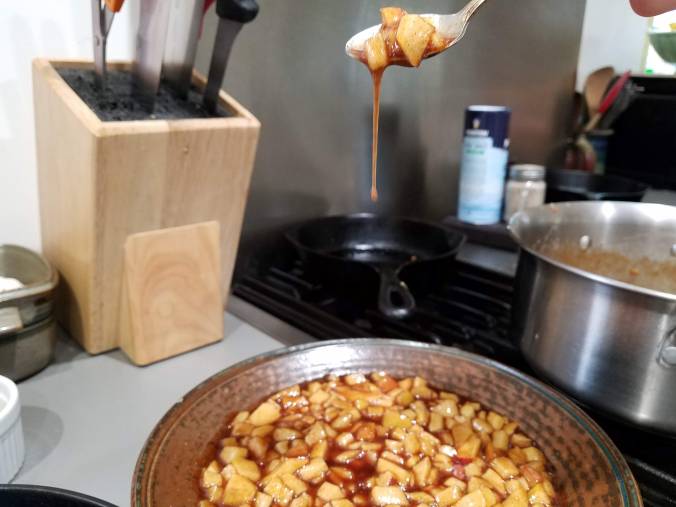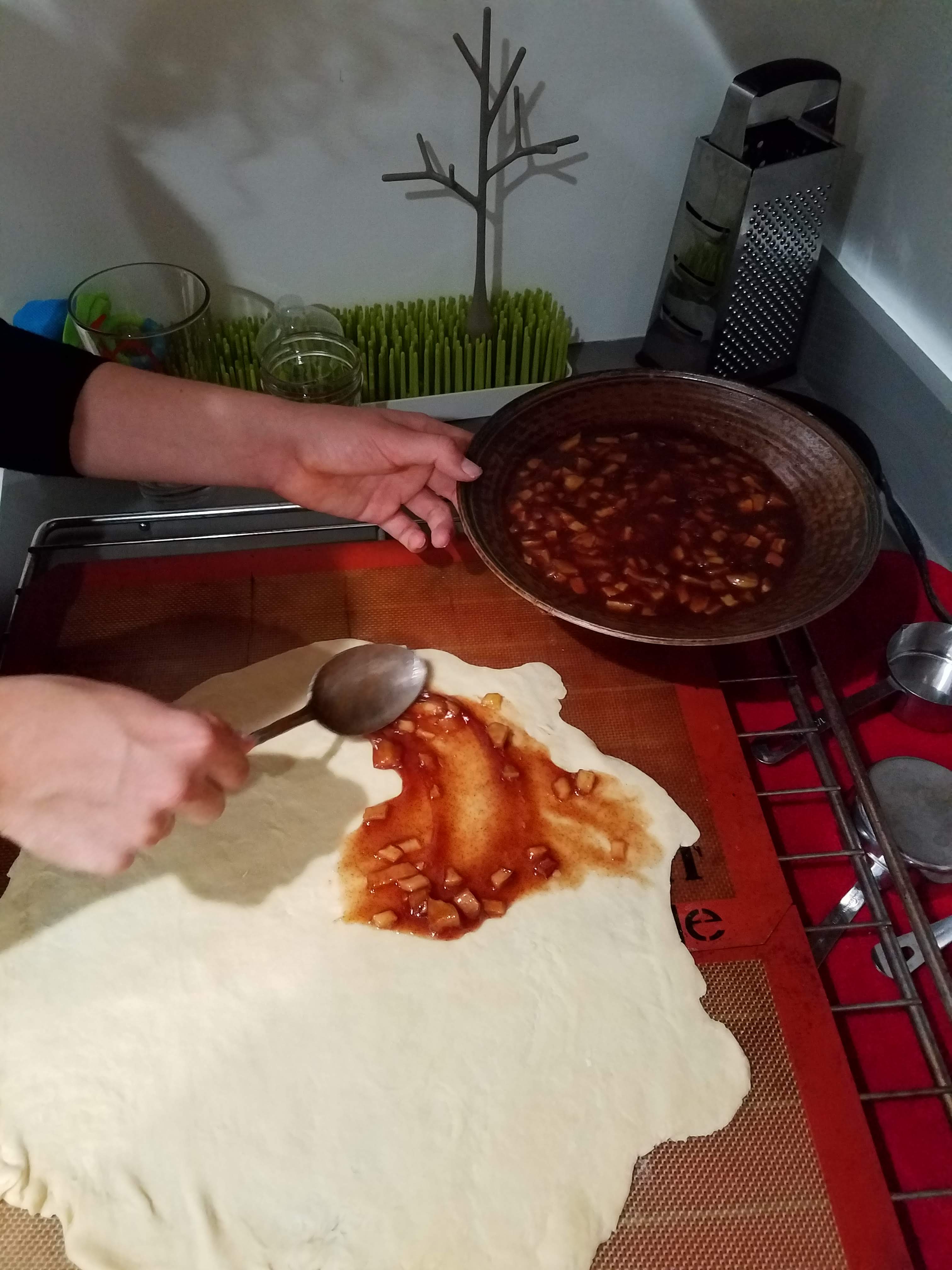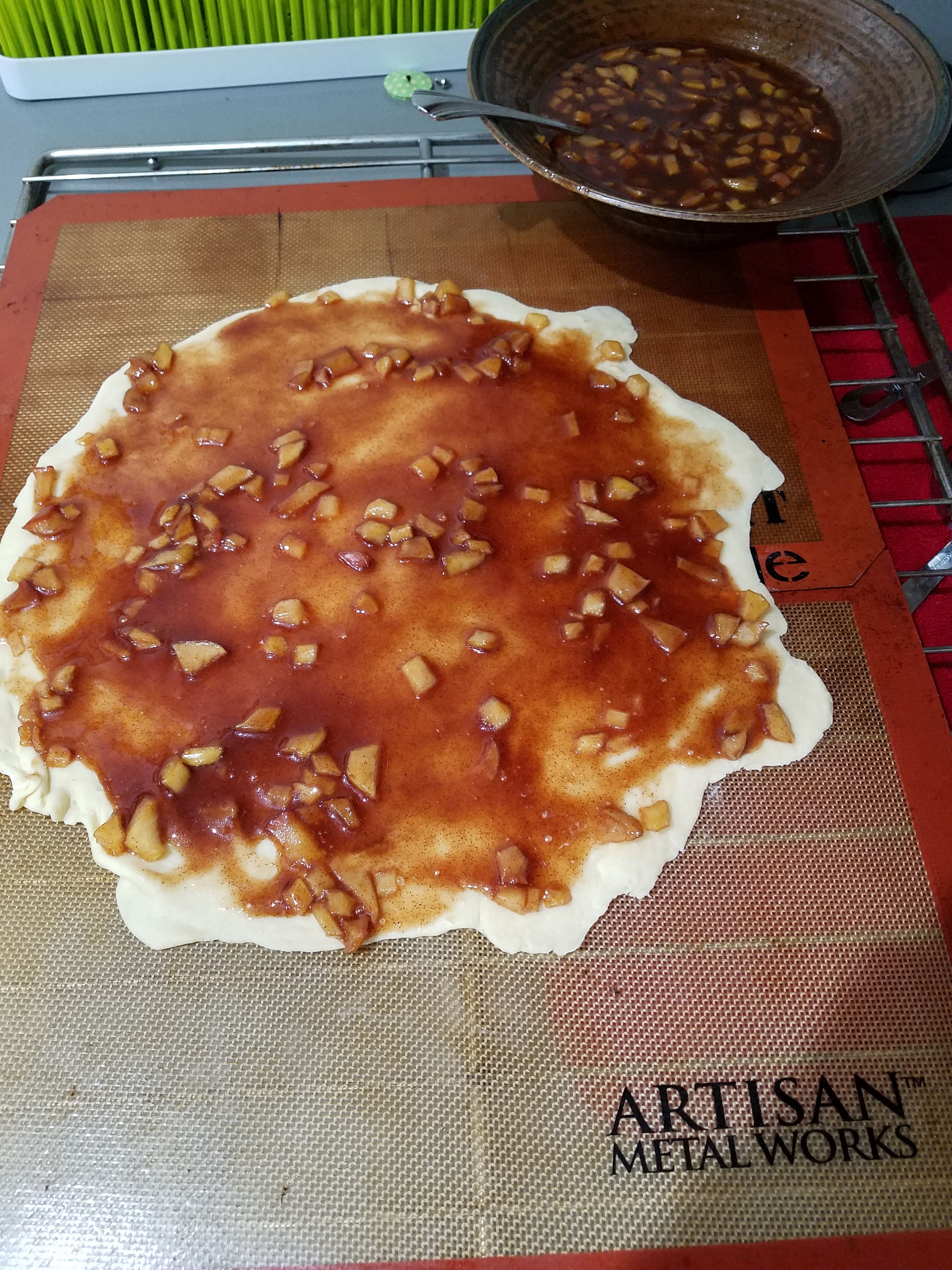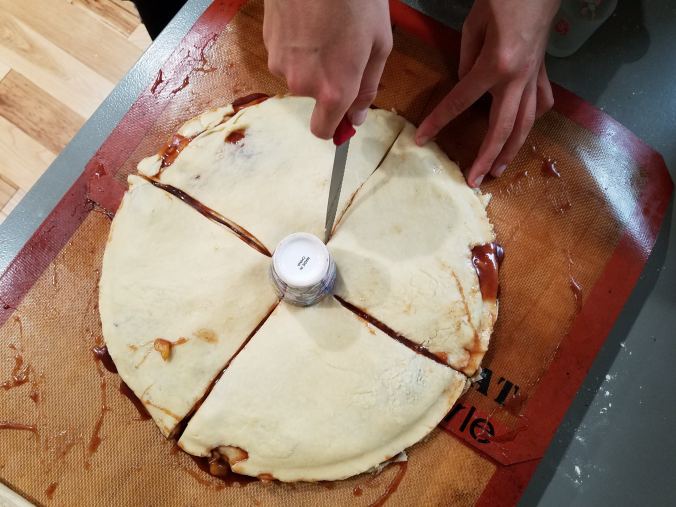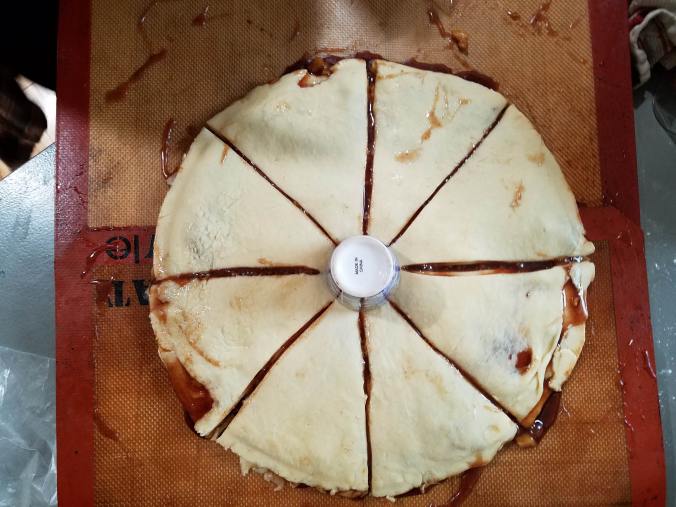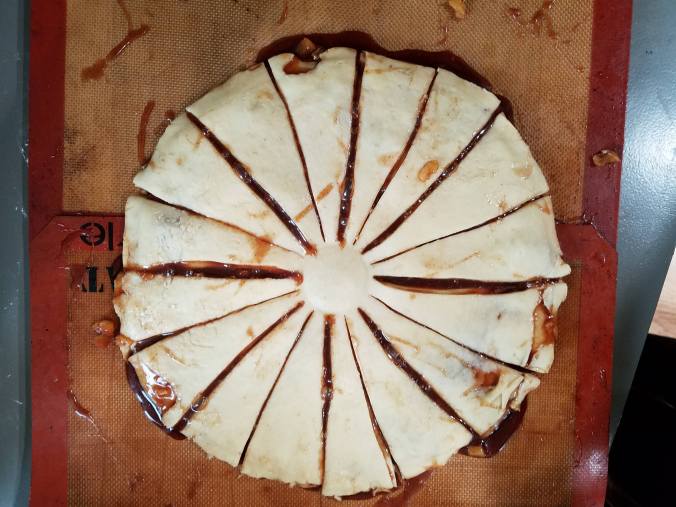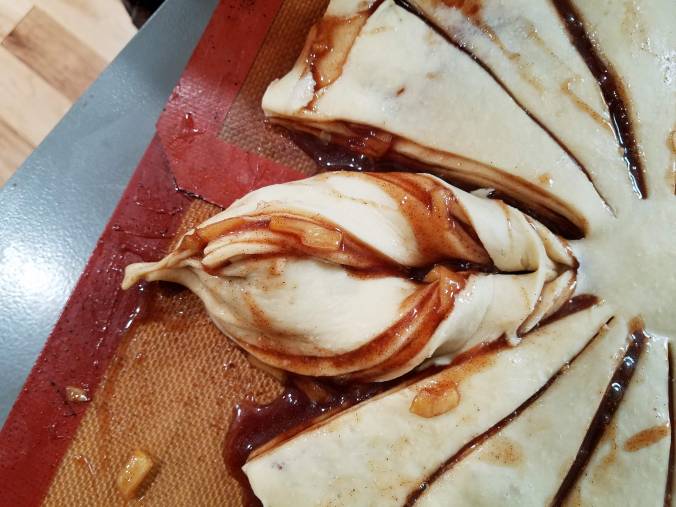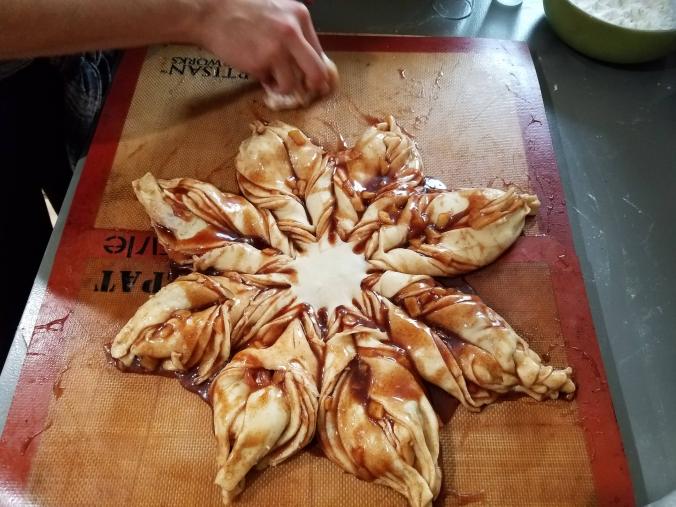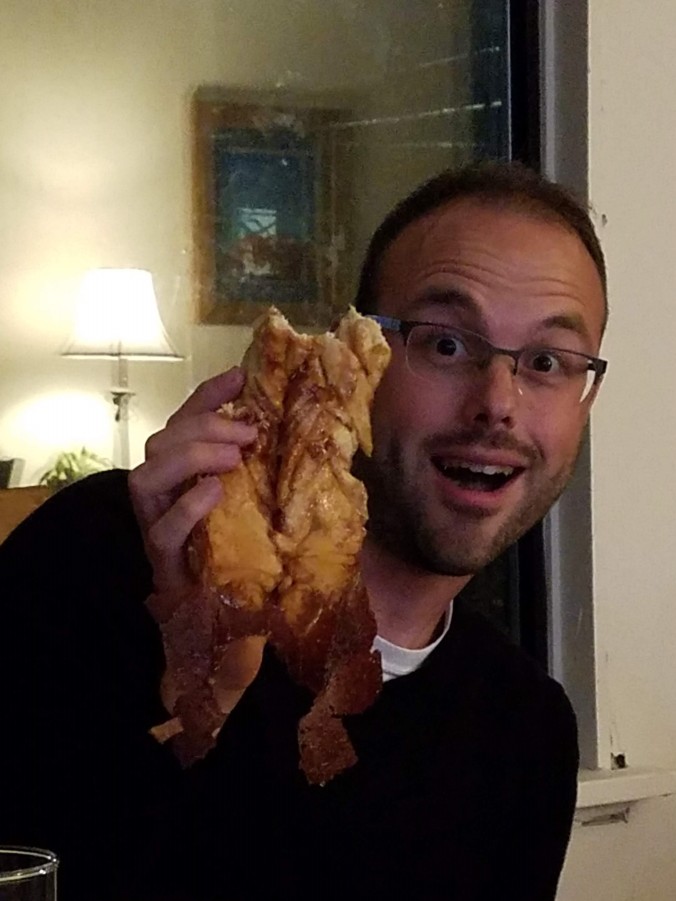For as long as I can remember, I have made applesauce come fall. It’s a signal of the season change, when my best descriptor of the air is “crisp” and my thoughts turn – without intention – to hunkering down and getting ready for the colder, shorter days of winter. It’s fundamental to our primal instincts to get ready for scarcity of food, even if we don’t have to worry about that at all. Applesauce is one of those pure foods that’s good warm, cold or icy, all by itself or next to a slice of pork roast or a potato pancake.
It’s simple. You wash the apples, cut them up, put them in a pot with a little water, let it cook down, press it through a strainer, add some cinnamon if you want, and enjoy! I’ll take you through it step by step.
Amazing apples make amazing applesauce, so start with apples as fresh and crisp as possible and as local as your location allows. I am fortunate to live 20 minutes from a well-established and super impressive family farm that specializes in heirloom apples. https://www.albemarleciderworks.com/

One day last week I happened to be going right by there, so I stopped in for 40 pounds, my usual portion when applesauce is the goal. (Forty pounds fills three canvas shopping bags a bit more than half full each, in case you wondered.) Normally Albemarle CiderWorks has five or six long folding tables set up along the outside wall of the barn with a box of each kind of apple, one after the next, in a long row on the tables. (There’s a good photo on their web site showing this.) They have small paring knives and paper plates and descriptions of each apple set out in front of the boxes, so that you can sample them and decide what you like best.
But last Thursday it was raining and all the apples were in cold storage. I was escorted into that living-room-sized refrigerator and chose fast! Cold storage is cold!
Different apples are picked at different times, and different apples are best for different purposes. Applesauce naturally comes out best when you use apples that are best for cooking. For me that means they are very firm and a bit tart, which is as technically descriptive as I can get. Last year I got one called Black Twig that was extraordinary, but it comes late in the season and was not available yet. Virginia Gold and Liberty looked good to me in the ten, very cold seconds inside the fridge that I allowed myself to contemplate this decision, and the woman helping me confirmed that they would make great applesauce. Pack ‘em up! Done! Homeward I drove.
Yesterday, following too much rain this past week, the ground was too wet for the final grading in front of the house, so we thought maybe it would be a good time to get the oak clapboards on the coop. That job has been sitting all summer on the back burner while we waited for the wood to be milled and got involved with other things. We had barely started measuring and cutting boards when raindrops came again, so we turned our attention to the basement, more specifically to making order in the basement. A lot of stuff got moved to clear the space in front of the interior wall of the foundation that needs repair, and that stuff had been put here, there and everywhere. It took a couple hours, but all is decently in place now. A bunch of stuff is in the trash.
Then it wasn’t raining anymore, and the coop siding beckoned still. But before heading out, I decided to get the applesauce going. Look how beautiful they are in my sink.

I rinsed them off and stared at them a bit, admiring their gloss, their unique colorings – every Liberty with slightly different transitions from reddish to greenish, every Virginia Gold with different splotches and spots of brown. I have to admire them before I cut them up. It seems the respectful thing to do.
But once you start cutting, you just cut. The little ones you can quarter, the big ones in sixths or whatever is quickest. Seeds and skins stay; stems go in the compost or trash.

I can’t be overly specific regarding quantities here because it’s entirely up to you how much applesauce you want to make. Take out a big pot (I used my five-gallon pot) and put about half an inch of water in the bottom of it. Put your cut-up apples in the pot until you can’t fit any more. Mine looked like this.

Cover the pot, turn on medium and walk away. Go read a book or put siding on the coop. With the lid on top and the water in the bottom, those apples will just steam and get soft. After about an hour I took a break from the siding and checked on them; mine were doing what they are supposed to do: reducing in volume, steaming away, looking like this.

Yours might take a little less time if it’s a lesser quantity. (What makes me think that not everyone is going to fill a five-gallon pot? You can make a smaller amount, but after you taste it, you’ll wish you made more!) The apples need to cook down slowly, and all they need is time and heat. Give it a stir at this point if you want, but it’s not the end of the world if you don’t.
After about two hours it reaches the point of mushiness where you can easily stir it with a wooden spoon and make mash by doing so. By this time the aroma of apples fills your home and you wonder why more people don’t cook.

See the mash around my spoon? With a few more stirs, it all looks like that and you can spoon it into the strainer that you have set up in a bowl.

Except for the skins and seeds, it’s applesauce now. Why not just peel and core them before cooking them? You can, but that process is tedious and time-consuming, and you lose more of the flesh of the apple that way. I do not have that kind of patience, much as my chickens would love the extra apple they’d get. And these apples are precious to me – I want as much of them as possible going into my applesauce.
Now all you have to do is press the applemash through the holes of the strainer with the back of a spoon. A Foley food mill works well for this too, if you have one of the older models. I found the newer ones problematic and more trouble than they are worth. My sister Lynn loves her Foley food mill; if I still had my old one, I’d probably love it too. But we get used to things one way or another. See what works for you.

Note that the holes of my strainer are not super tiny. They are big enough for the sauce to go through pretty easily, but not so big as to allow the seeds through. Every now and then scrape the underside of the strainer.
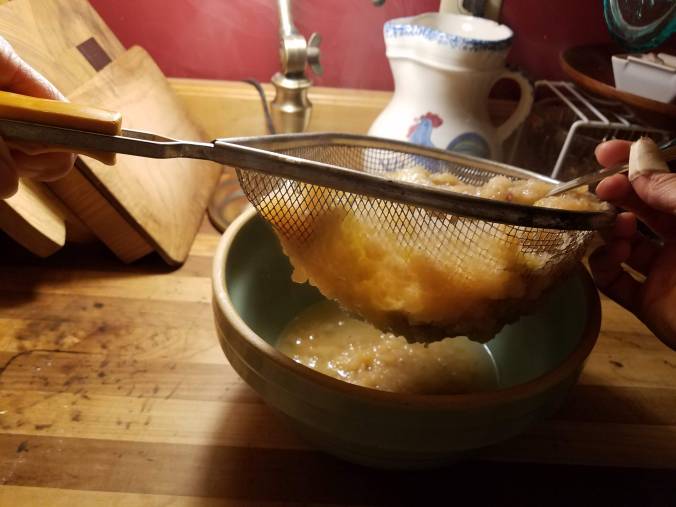
I discovered quickly that my bowl was going to fill up too fast, so I switched to using my Dutch oven as the bowl underneath. Then when the level of the applesauce reached the bottom of the strainer, I transferred the applesauce to the bowl.
Keep pressing applemash against the sides of the strainer until all you have left is skins and seeds. It will look like this.

Scrape out the seeds and skins from the strainer into a separate bowl (this is great for your compost or your chickens!) and start again.
With the quantity I made, I added cinnamon each time the bowl became full (instead of waiting till it was all strained through and then adding cinnamon). Now that I think of it, I suppose you could put cinnamon sticks in the pot with the cooking apples, but oh well, maybe next time! I can’t tell you exactly how much cinnamon to use. It’s like salt and pepper: Add what seems right to you. I used about two teaspoons per three quarts of strained applesauce.
I love the swirl of the cinnamon getting stirred in.
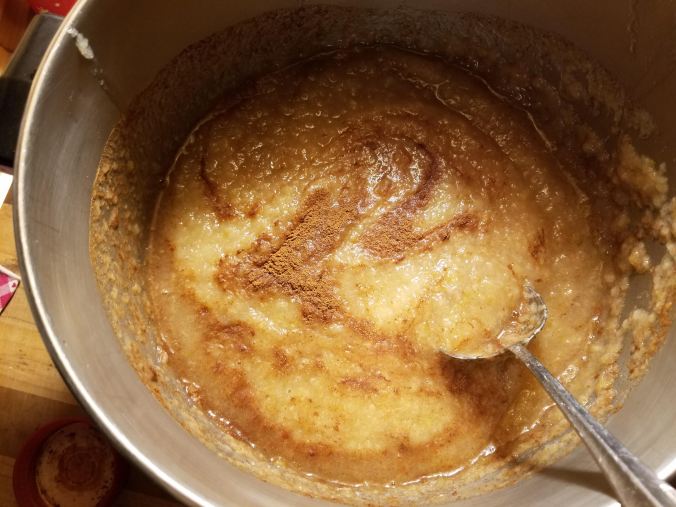
You can put your applesauce in a container and put it in the fridge to eat soon, or you can put it in mason jars and can it in a hot water bath, or you can freeze it. I think freezing is best. It’s easy and allows for icy applesauce at some point down the road.
Quart-size ziplock bags work great. If one person holds the bag open and another person spoons it in, that’s ideal. If you are by yourself, try putting the applesauce in a large measuring cup with a pour-spout or a small bowl with the same, and holding the bag with one hand and pouring with the other. A wide-mouth funnel can be good too. You can also freeze in jars as long as you allow a good inch or so of air space for expansion, otherwise the glass will break. (And you don’t want that!)
I had filled my five-gallon pot to overflowing with cut-up apples and ended up with about ten quarts of applesauce and three cups of seeds and skins which my chickens enjoyed tremendously. Always keep a little out for enjoying fresh.

Oh, and if you think your applesauce is too watery, just cook it down a little more after you’ve removed the seeds and skins. That’s how you get apple butter – it’s just way-cooked-down applesauce. It might take another hour or so to cook down. Turn off the heat when it’s as thick as you like. In the meantime your house is blessed with apple aroma again! Some people add sugar too, at the end. That’s your call.
For those who are wondering how you get icy applesauce, just thaw one of your frozen bags or jars to the point where you can break the applesauce apart with a fork. Stir until desired smoothness. Oh yum!
And the coop — I love the siding! Claudia calls it a chicken castle! More on that soon 🙂






